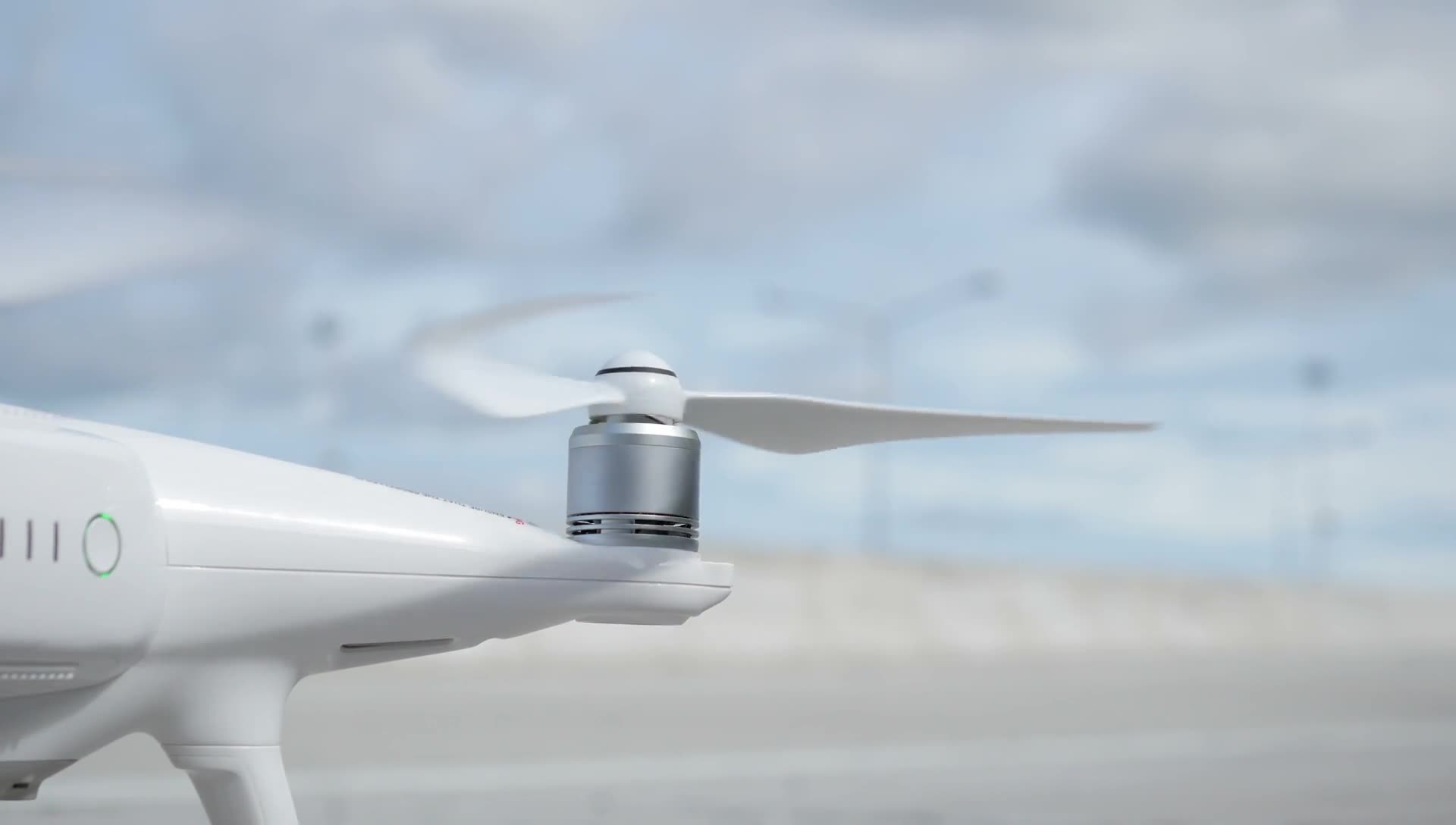Airspace Q2 2019 – Doing the right thing right

Alex Bristol, CEO at Swiss ANSP, skyguide, tells Airspace editor, Graham Newton, that partnering towards innovation will be vital to handling the demand for air navigation services.
What are your plans for skyguide over the next few years?
The main body of work is creating the right strategy for our 2035 vision. This vision is about earning the right to exist. We believe there will be strong competition in 20 years’ time. To keep our raison d’être, we have to be lean and flexible, apply advanced technology and deliver effectively and efficiently the services our customers need.
In 2035, we will be able to operate successfully not because we are a monopoly, but precisely because we have learned not to think and act as monopolists. We will have developed into a company close to its customers, which knows how to meet their needs at a price with which they are happy.
To achieve that vision, we have got to start working in 2019. There must be concrete plans to implement now, not always “in five years’ time”.
The new Virtual Centre is fundamental to what we are trying to achieve. It will provide the next generation of controller tools and we are in the second tranche of that work now, which is migrating our operational systems on to a modern technological platform.
In 2018, thanks largely to the investment already made in the Virtual Centre during the first tranche, we were able to meet our capacity targets, one of the few European ANSPs that did so. In fact, the extra capacity gained from the Virtual Centre far exceeded our expectations and we were even able to soak up some demand across neighbouring airspaces.
Swiss regional aerodrome services were liberalised in January 2019. What exactly is happening and how will skyguide respond?
Air navigation services (ANS) for regional aerodromes were partly opened up to competition in Switzerland. Actually, this is something for which skyguide has been pushing for some time. It is the right thing to do because it is in the best interest of the customer.
The problem is that skyguide is structured to deliver to the larger airports of Zurich and Geneva but is not necessarily the right fit for smaller, regional airports. We cannot use a one-size-fits-all approach any more. Bringing in a different business model will enable a better service and a better price for our customers.
The joint venture (JV) with Aviation Capacity Resources (ACR) we are planning to enter into is skyguide’s response to this. The JV will be a completely separate business entity and offer services at the regional airports. The purpose is to deliver the right service at the right price.
I welcome the pressure this puts on costs and performance overall. It is a positive development.
Should all air navigation services be liberalised?
Why not? But right now, I consider this unlikely. States could help to make air navigation services work much more efficiently if they had the will to do so even without liberalisation. I see no operational or technical reason why this is not possible.
Not even national sovereignty is a legitimate reason not to liberalise – look at the Maastricht Upper Area Control (MUAC) to see how this can work. So, I think liberalisation would help to create more efficient ANS, but it is not a prerequisite. And clearly the political or ANSP will for liberalisation does not exist at the moment.
States do, however, need to let go if we are to get to our idealised concept of a Single European Sky. This is why virtual centres are so important. With virtual centres you can move sectors around and outsource them temporarily without losing sovereignty.
In some places, with airports near borders, it makes more sense for a neighbouring ANSP to take control when certain runways or air corridors are being used, as we do with our French neighbours.
Is cooperation among ANSPs strong enough for such steps to be taken?
When one ANSP works bilaterally with another, it tends to be successful. When you get to three or more it is much harder to make the partnership work especially if the only reason you are working together is geographical happenstance. The functional airspace blocks have shown that.
It is much better to work under strategic partnerships with like-minded ANSPs and suppliers that are the same point in their investment cycle. At skyguide, we collaborate for example with the UK ANSP, NATS, as we have a similar architecture and are developing along similar lines.
You see the same idea at work in the alliances. ANSPs at the same stage of development working together will help to further the industry’s efficiency through greater standardisation.
What are the consequences of the criminal charges against three of your controllers?
Two controllers have been found guilty by an Upper Court and they have appealed (the other case is in the appeal process to the Upper Court). These two cases now go to the Federal Court.
If the current verdicts are upheld in these specific cases it means that in Switzerland so-called ‘honest mistakes’ have been criminalised. They have been treated the same way as a deliberate act and that is a nightmare for Just Culture.
It means we would have to adopt procedures that satisfy the judiciary rather than the requirements of safety regulations or airspace users. Additionally, skyguide will find it far more difficult to attract controllers and to keep the ones we do have. They will undoubtedly be worried and that does not help performance.
Most obviously, I worry that the reporting of incidents will drop in terms of volume and especially quality. It is not about Just Culture per se, but about losing the safety improvements that Just Culture brings.
No lives were ever at risk in either of these two incidents. And they were properly reported. Once the mistakes had occurred, all the relevant safety systems – the ‘barriers’ – kicked in and the situation was quickly remedied.
It is what the system was designed to do. As long as the system contains and manages the error, I would say that the system is doing its job, and the human part of that system should not be punished.
We can never – and should never – ask for immunity, but there is a big gap between a deliberate act and gross negligence. These were simple errors to which our system has been designed to be resilient. Our legal system does not seem to allow for this bandwidth of non-criminal errors.
We are supporting both controllers fully and both are still working. Their legal counsel is being paid for by skyguide because the cost of a guilty verdict will be far greater for skyguide and for the aviation community than the cost of any lawyer.
As an early mover into U-Space, are you confident the industry is taking the right steps to handle drones?
skyguide has moved quickly on this because we want to learn and to understand what is required. It is an iterative process and we will get better and better at enabling drone flights in all types of airspace.
We are conducting trials and we plan to have a working U-Space in place in June 2019. We can then adapt it as appropriate. Already, selected drone operators in Switzerland can request automated and manual flight authorisation to fly in two controlled airspaces – Lugano and Geneva – through the skyguide U-Space mobile application to test the system, give user feedback and help us to improve.
Regulations will need to go hand-in-hand with this development and we are working closely with the authorities to deliver an excellent service to the customer in a safe way. Our regulator is paving the way in this respect.
Most importantly, the one thing we know for sure about unmanned aircraft system traffic management (UTM) today is that it will bear no relation to UTM in five years’ time.
The new entrants will find new ways of operating we have not even thought of yet. And that in turn will feed into how skyguide thinks about ATM in general. It will help us to develop our own systems enabling us to work even more efficiently.
Registration is vital as that is where it all comes together. Our U-Space would not necessarily prevent a Gatwick-type incident, but it would help in dealing with it.
You have to create a system for those that want to play the game and then deal with the exceptions. Having the proper registration and UTM means you can separate the good guys from the bad guys and help the good guys to do everything right.
Skyguide will be offering drone pilots a registration system in summer 2019 that will lay the foundation for safely integrating commercial and non-commercial drone operations into Swiss airspace.
And we have already shown that existing telecommunications infrastructure could form the basis for a UTM network.
What are the biggest opportunities and challenges for air navigation in the years ahead?
The opportunity is to make air traffic management safer and more efficient and the technology is already available to do that.
The challenge is to move together and to move fast enough to make the advances relevant. The industry will have to give up some of the ideas it holds so dear. Management and ownership of the skies do not need to be one and the same, for example.
CANSO can help by supporting those States and ANSPs that are willing to break new ground and gently cajoling those that are not.
Does an ANSP CEO need experience of the industry?
You definitely need experience at an executive level, but you absolutely do not need to be an ex-controller to be an ANSP CEO.It is time for this industry to stop thinking it is different and that it is not possible to apply normal business practices. Because it is not, and you can!
Finally, what can delegates to the CANSO ATM Summit and 23rd AGM expect?
I would like to extend a very warm welcome to all the delegates. Geneva is a wonderful city with a beautiful setting between the mountains and the lake and I hope people have the chance to sample Swiss culture as well as engage in some interesting debates about the future of ATM.
Switzerland may be a neutral country, but I aim to bring plenty of opinion to the discussions!
skyguide at a glance
- Some 1,500 employees work at 14 locations in Switzerland
- Traffic grew 5.0% in 2018, compared with the forecast of 2.2%, equating to almost 1.3 million controlled flights
- Despite a higher volume of traffic, punctuality declined only slightly in 2018 compared with 2017; 96.5% of flights were handled punctually by air navigation services compared with 97% in the previous year
- Route delays increased from 10.1 seconds (average per flight) in 2017 to 17.1 seconds in 2018
- In 2018, skyguide increased its en-route charges 0.1%. Approach charges at Geneva and Zurich airports were reduced 0.9%, however
- Revenue increased 2.45% in 2018 to CHF 481.8 million (CHF 470.3 million in 2017)
- Operating expenses decreased from CHF 480.8 million to CHF 449.7 million, a reduction of 6.9% year-on-year
- skyguide received the Jane’s ATC Award 2019 together with its development partners for its new advanced runway safety improvement (ARSI) system at Zurich Airport
- It also received a Single European Sky Award from the European Commission for the automation of communications in network management. The EC also recognised skyguide for its technological developments in the field of Service Oriented Architecture (SOA)



